[Updated April 2020]
Reduce impacts on wildlife and the environments on which they depend by choosing to watch wildlife ethically.
With over 7 billion people in the world, it’s no wonder there are dozens of lists available on how to be more responsible when watching wildlife.
Consider the following tips for your next visit outdoors, and share them with others!
Watch Wildlife Ethically for Wildlife
Keep your distance
If an animal changes its behavior or begins using a warning call as you or your equipment get closer, you’re potentially affecting that animal in a negative way.
Animals have a “Flush Distance”
Animals have what’s called a “flush distance.” Flushing is when an animal runs away suddenly to get away from danger.
Some animals are more skittish than others, and this distance will change if the flush occurs during breeding season.
For example, larger birds take longer to take off in flight and will flush sooner than smaller birds.
Only watch from a distance close enough where the animal acts as if you weren’t there.
Others around you will thank you, too.
Take our experience at Seabeck, Washington for example.
Seabeck is known for its bald eagle sightings at low tide since fish get stuck on the mudflats and eagles love fish.
While the eagles were swooping down to grab fish, one person kept moving their camera further into the mudflat to get a closer shot. In doing so, the birds also moved further out. Unfortunately, those who stayed at the shore could no longer see the eagles well.
Don’t be “that” person.
Oh and fun fact. Seabeck is where Bonnie Block got her 2016 Audubon Award-winning shot of an eagle landing among herons.

The beautiful mudflats during low tide at Seabeck, Washington. Photo by Christa Rolls
Click here to read more about the best places to see wildlife in Washington State!
Sparingly use audio or visual cues to attract wildlife, and only use them when appropriate
Bird audio playbacks, found on nearly every smartphone birding app these days, is a helpful identification tool.
They’re also useful if you want to draw birds in for a closer look. But, be conscientious of what you’re attracting and for how long you attract the bird.
Under no circumstances should you use cues to attract sensitive, threatened, or endangered species. Leave this work up to the researchers working to conserve the species and their populations.
If you do use playbacks, make sure to use them sparingly.
As soon as you see or hear any birds reacting to the audio, stop playback immediately.
The bird is attracted to the sound because they are presumably defending their territory. That’s time and energy that individual is spending on you instead of defending against actual competitors or predators.
If you’re looking for the best places to spot birds, check out our lists on the top places to see birds in the USA and the best places to see birds in Europe!
Keep bird feeders well-maintained and clean
If you have a bird feeder, be sure to maintain it and keep it clean. This means replacing seed often and removing any molded seed.
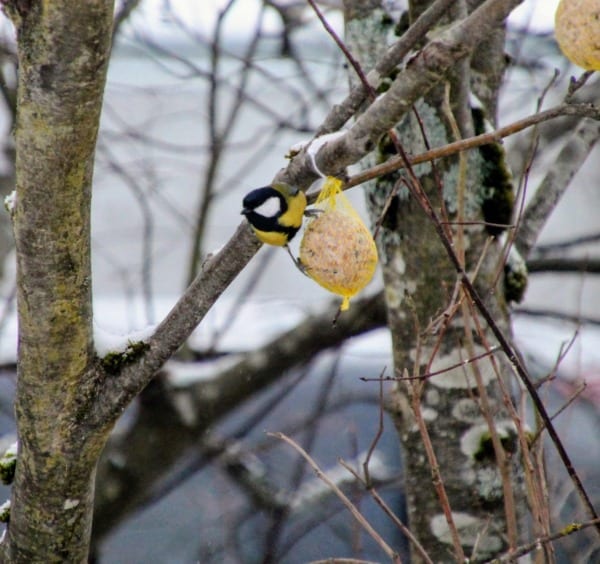
A Great Tit heads to a wintertime seed feeder in Germany. Photo by Chris Oney
If you have a water dish, replace water often to prevent algae and larval buildup.
Be sure the feeder location is situated to avoid predators, such as domestic cats. Move feeders away from bushes or other locations where predators can hide in wait for a bird to land.
In addition, see if you can place the feeder at a higher vantage point, away from the ground.
Even if you feed the birds at your home, be sure to continue maintaining your distance – these are still wild animals! That being said…
Don’t feed the wildlife
Habituating animals of any kind to human presence can be dangerous for that animal if it is considered a nuisance by someone else.
Birds get a bit of a freebie on this one, to an extent, because they greatly benefit from feeders during migration and winter. Not only this, but diverse feeders have been shown to positively impact the biodiversity of bird populations in suburban areas.
Keep in mind that feeders should only contain bird-friendly food and should not be associated with the person filling the feeder.
Other animals, however, can be seen as a threat or burden to other people.
This threat is not unwarranted, as wild animals are still wild and will bite or attack people without warning.
Wild animals carry all sorts of mites and diseases, so it’s for your safety (and if you have pets, for theirs as well) that you avoid contact.
This same rule applies if you see a wild animal following you for food while hiking or wildlife watching. I promise, they’re not starving. If they are, your ham and cheese sandwich won’t save them.
Avoid posting locations of sensitive animals
To post or not to post?
Assess whether you should post the exact location of wildlife. Be especially conscientious of this when viewing rare or sensitive species.
We are so connected to social media and wildlife reporting apps that it’s almost second nature to post where you are and what you’re seeing.
When people find out where rare wildlife are located, they flock to that location like bees on honey.
As we know, tons of people crowding to one place can negatively impact wildlife and their behavior.
This applies to nests or breeding sites of any kind. If the nest or breeding site is in a location easily accessible by people, it might be better to keep the exact location to yourself. Excess disturbances caused by human presence have the potential to negatively impact the success of those babies making it.
Don’t touch the wildlife
This may seem self-explanatory, yet I’ve seen more people attempt to touch or handle wildlife than I’d like to admit.
If you find an injured animal, contact a wildlife rehabilitator for further instructions and assistance. Getting in touch with a park ranger or conservation officer may be more appropriate, depending on the circumstances.
If you find a baby bird, there are a handful of considerations you must take into account. Check out this article by the Cornell Lab of Ornithology for more guidance.
Otherwise, leave the handling to the experts who are trained to handle these animals, and know when handling is appropriate.
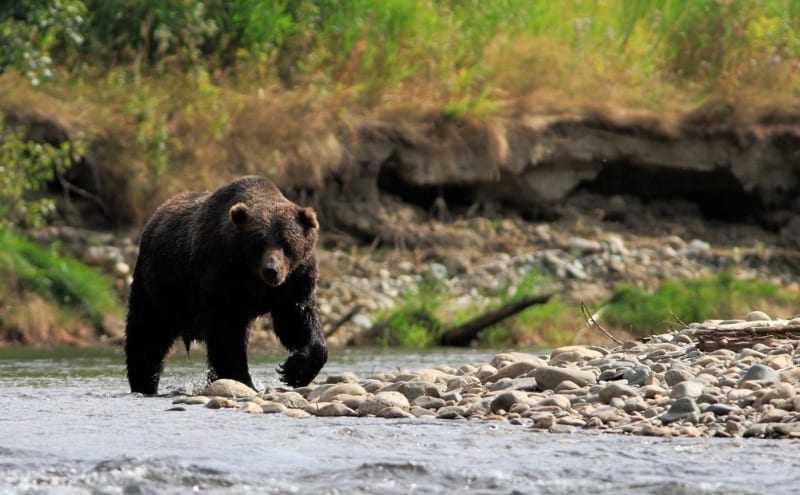
Grizzly bear wades through the river in Bella Coola, Canada. Photo by Nathan Rolls
Watch Wildlife Ethically for The habitat
Leave everything as you found it
This one is pretty self-explanatory.
Don’t start landscaping the area just to get your perfect picture or to attract an animal to a particular place.
This subject is somewhat controversial, as some have argued that one rock out of place won’t mess up the order of things. While that may be true, what’s the threshold for “too many” rocks moved?
My general rule is that if I can put it back the way I found it, it’s OK.
You can’t unbreak a tree branch or re-attach a flower.
If you’re photographing wildlife, click here to read our top tips to improve your wildlife photography.
Don’t damage or impact habitat
Watch wildlife ethically by avoiding treading into sensitive habitat, nesting habitat, or off-trail locations.
This same rule applies to where your blind and equipment are placed.
This is for your safety as well as the safety of the creatures that live there and the habitats on which they depend.
Quick storytime!
Skomer Island, Wales is well-known for its Atlantic Puffin and Storm Petrel colonies. Upon entry to the island, visitors are informed about the many burrows surrounding the landscape, and to avoid going off-trail at any cost.
We were the unfortunate witnesses of puffin burrows being collapsed after a visitor proceeded to put their backpack and tripod off the trail into burrow-laden habitat. Doing so has the potential to kill or maim young that have not yet fledged.
Not cool at all. Don’t be that person.
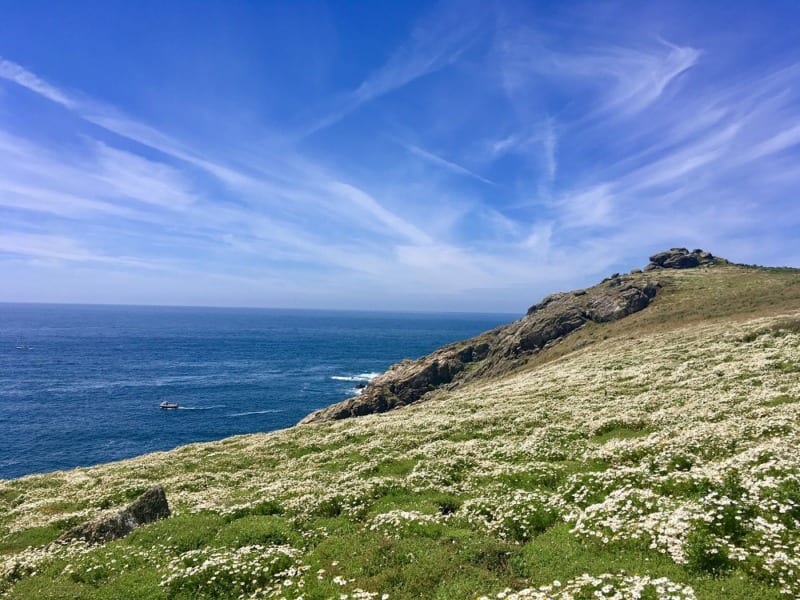
Skomer Island, Wales wildflowers. Photo by Christa Rolls
Visiting Skomer Island, Wales is an amazing experience – read all about it here!
Watch Wildlife Ethically for Others around you
Follow laws, rules, or regulations regarding site or land access
Follow the rules associated with the land you are on.
Respect people’s private property, and any other regulations pertaining to entering a piece of land. Again, this is for your safety! And for the kindness of those whose property you’re trespassing on.
This may include access times, payment requirements, use allowances (e.g., some refuges don’t allow bike-riding or running), group stipulations, and more.
Minimize noise impact
Make sure to keep noise to a minimum to avoid disturbing wildlife and others who may be watching wildlife.
Have a loud ring tone? Put it on vibrate if you’re watching wildlife.
Love listening to music when you’re out and about? Put on headphones.
Remember, too, that if you’re in a scenario where you are watching wildlife, keep your voice low. We want to hide our presence around wildlife as much as possible.
Be respectful of the impact your pet might have on the environment or someone’s experience
I fully acknowledge this is a sensitive subject – people love their dogs!
I grew up with a lab-pointer mix (that’s her pictured below) who ached to jump in every body of water and “pointed” at anything outside that moved. She was my everything.
But, keep in mind that some places have specific regulations against allowing dogs to access certain areas.
The research done on the subject of how dogs affect bird nesting and wildlife breeding success is quite extensive. So, this should be considered before you bring your pup on your next birding or wildlife watching trip.
Also, please PLEASE remember to pick up after your dog during your outdoor outing!
Be respectful of others’ experiences
Gauge other people’s responses to your presence.
Some people choose to watch or photograph wildlife to unwind, and it’s perfectly fine if they choose not to be chatty. Respect their time and their space.
The Ethical Use of Drones around Wildlife
Drones are becoming an ever more popular tool to capture the world around us.
We get it – we have a drone and absolutely love it. But we are hyper-aware of all the considerations one must have when using a drone.
- Follow the law and any rules pertaining to drone use in your filming location. Don’t risk getting a hefty fine, being arrested, or having your drone taken away because you didn’t follow the rules.
- Respect other people’s space with drones. Yes, companies are coming out with “quiet” functions and the like, but they still make noise. On a beautifully calm and quiet day, there are few noises that grate my nerves more than the buzzing of a drone. If you are capturing video near other people, keep your air time to a minimum or ask their permission.
- Have a spotter along with the flier. In general, if we are filming habitat, I will have my binoculars or scope to constantly monitor the behavior of the wildlife in the area. As soon as we see any change in their actions, we move away from them immediately. There are far too many videos on YouTube showing birds being followed (read: harassed) by a drone and flying away because of it.
Read more about reducing the impacts of drone use on wildlife here.
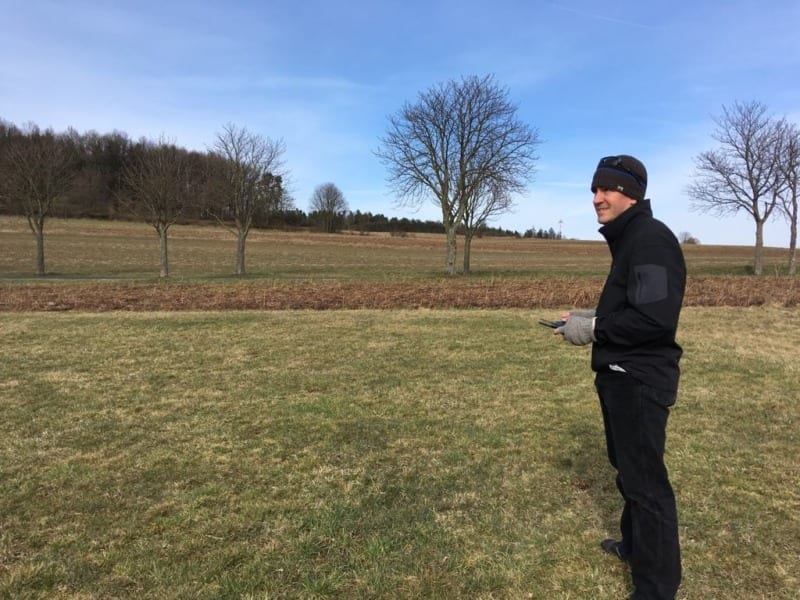
Nathan watches the drone in flight. Photo by Christa Rolls
It’s Up to Us to Watch Wildlife Ethically
It’s our responsibility to act respectfully when out in nature and to set a good example for other people, especially around new hobbyists and children.
If you see someone breaking the law or the code of ethics, assess whether it’s appropriate to confront them or notify the proper personnel (e.g., a ranger, security, etc.) to stop the situation from progressing further.
The key point to remember in all of this is to put the wellbeing of wildlife first over getting that sighting or obtaining that photograph.
It doesn’t have to be hard to watch wildlife ethically. If these rules are implemented each time we go outdoors, we’ll be doing our part to help reduce our impact on animals.
A Quick Note on the Featured Image
Gray jays (Perisoreus canadensis) are found in boreal and sub-alpine environments throughout much of northern North America. Like many corvid species, they’re social and very intelligent.
When people began feeding the gray jays on Mount Si, Washington many years ago (to include peanut butter sandwiches and pieces of cheese) the birds became accustomed to flocking to these places when they are filled with tourists.
Nathan barely had to hold out his arm to point to something before one swooped into his hand in search of food that wasn’t there.
While this might be a “cool” experience, this is also how “nuisance” wildlife gets its name, and ultimately how animals can be put at risk by our behavior. Let’s work together to keep wildlife wild!
Further Resources for Ethical Wildlife Watching
The following organizations have great resources for enjoying wildlife responsibly:
Have you experienced any of these ethics violations while out on a birding or wildlife-watching trip? What do you do to reduce your impact while watching wildlife? Let us know in the comments!
Happy Wildlife Watching!
Christa and Nathan
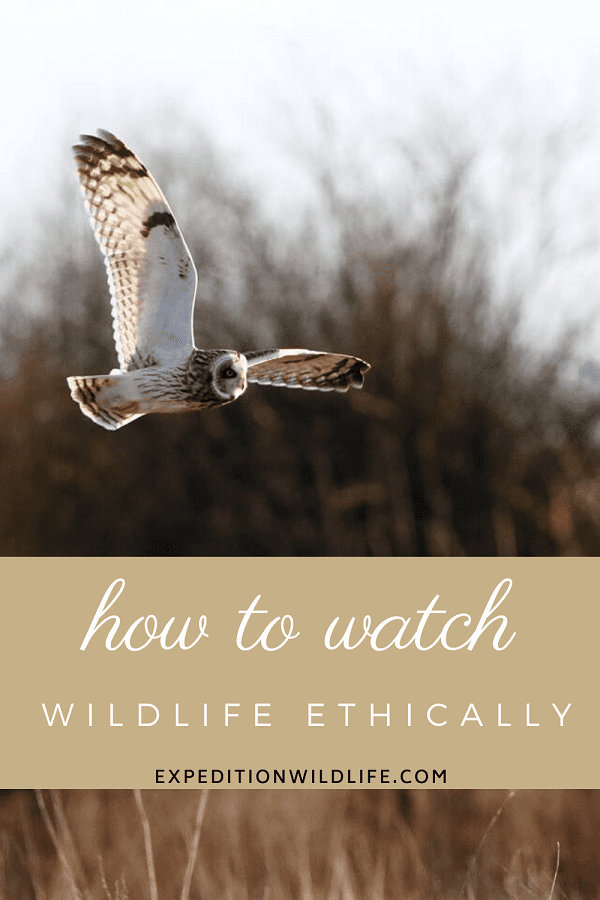

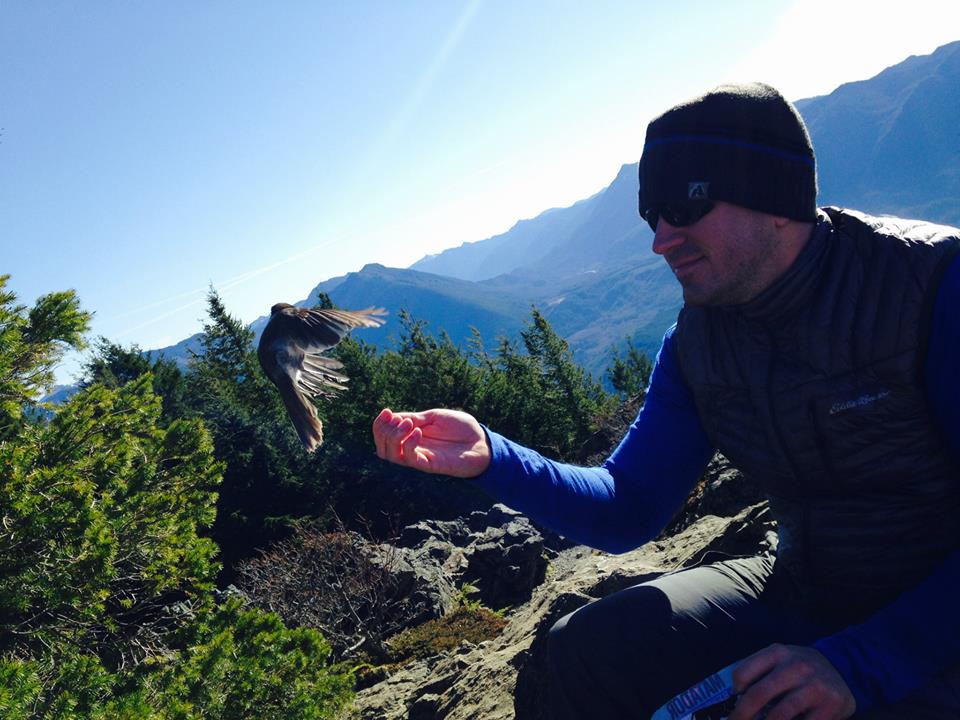
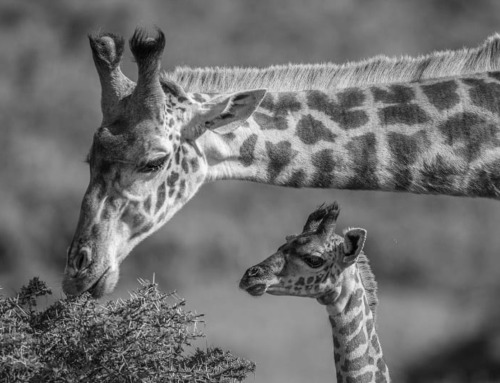
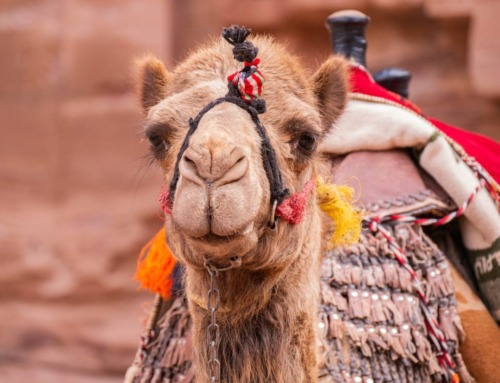
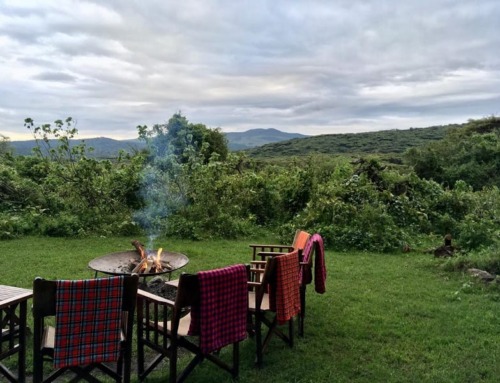
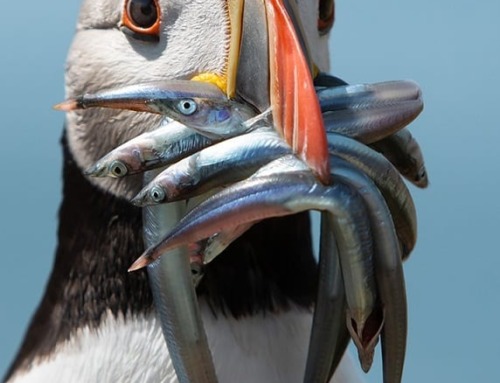
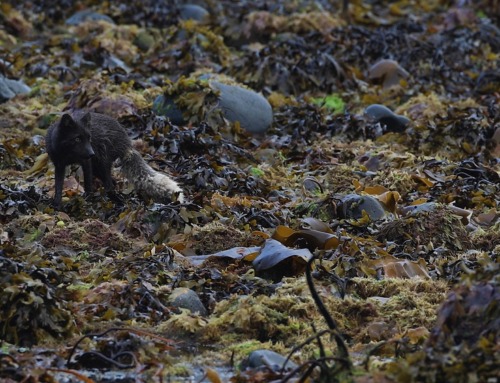
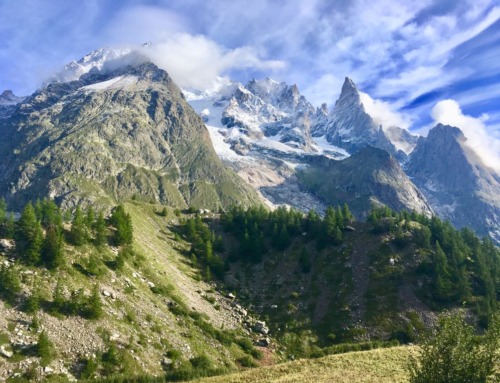
Leave A Comment